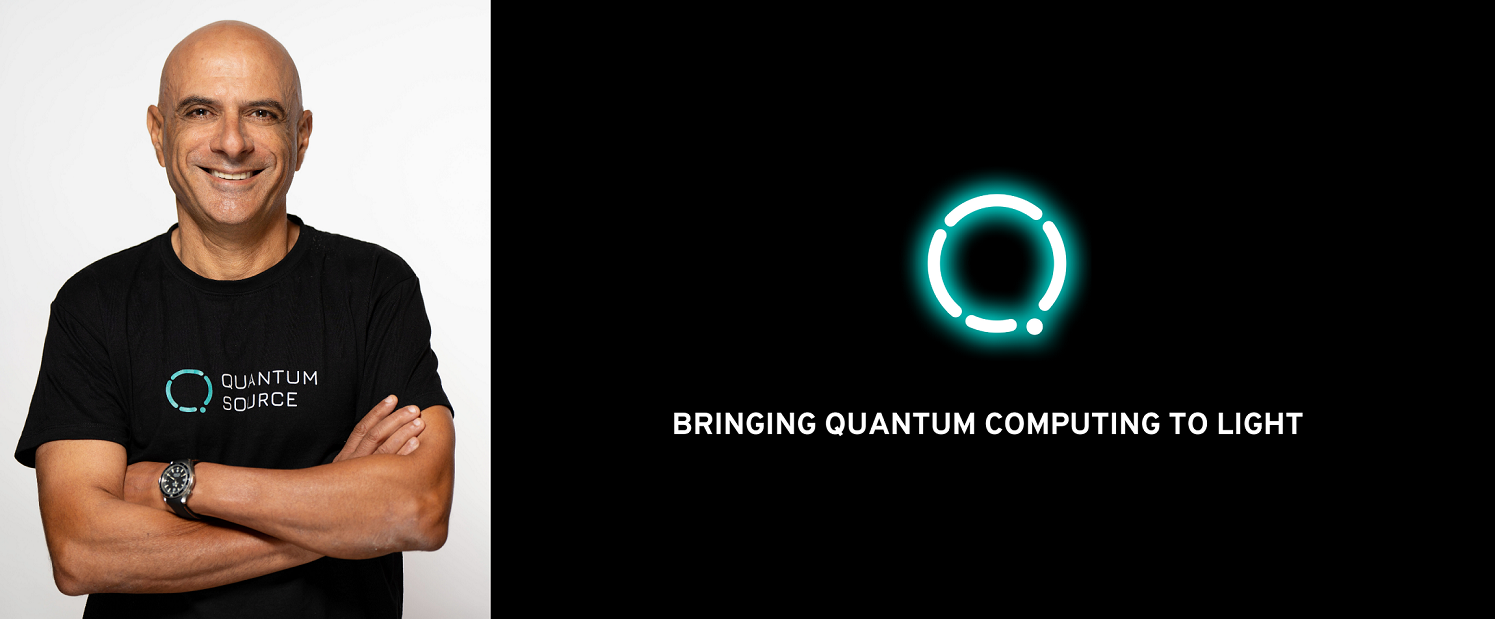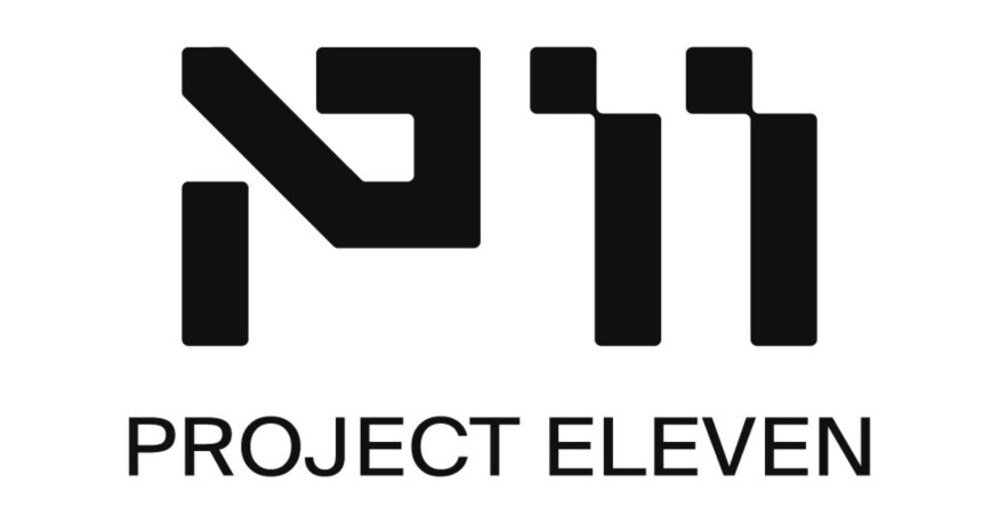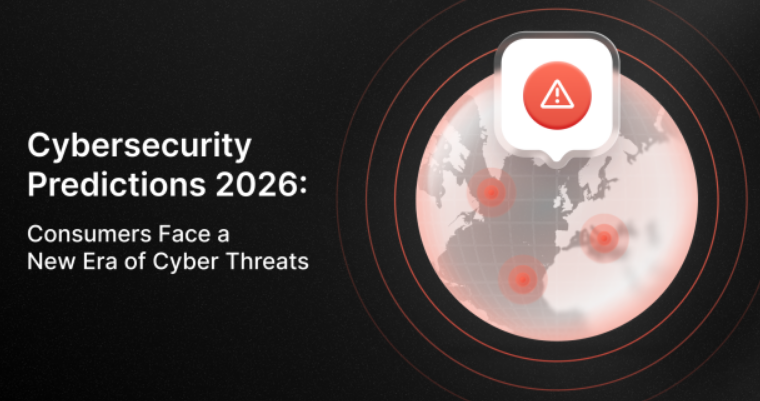A photonic quantum computing company wants to light the way – figuratively and literally – to an era when as many users as possible can rely on quantum computers to solve computational challenges that classical computers will never solve.
“This is our mission – to revolutionize the market of quantum computing in the same way that moving from vacuum tubes to transistors revolutionized the market of classical computers. In other words, moving from very expensive bulky machines to systems that are accessible to more organizations, more countries, and more users”
To do that, the team at Quantum Source is developing technology that combines the best of the atomic and photonic technologies: merging light and matter.
Quantum Source’s innovative photon-atom gate architecture enables a deterministic, one-step mutual exchange of quantum information between photonic and atomic qubits. In the system, the photons – light particles – serve as the robust and scalable qubits, whereas the atoms serve as deterministic generators of single photons and provide the entangling gates between them. This is in contrast to existing photonic approaches, in which both the generation of photons and their entanglement are achieved by highly probabilistic processes, resulting in a huge inefficiency.

“The atomic qubits are based on rubidium atoms”, Melamed explained. “we are using those atoms to do two things. One is to generate photonic qubits in a deterministic way – we generate high-quality single photons, and split them into two waveguides, which creates the so-called “dual rail photonic qubits”. Secondly, we use other rubidium atoms to create entanglement between the generated photons. So basically, the photonic qubits are transferring their quantum information to the atomic qubits, and from there they interact with the next photonic qubits in the system.”
“In a sense, the atomic qubits act like a needle in a sewing machine – entangling the photonic qubits together, to create the complex tapestry that is the basis for the error-correction code,” Melamed said.
The deterministic processes of qubits’s generation and entanglement is a key piece of Quantum Source’s approach.
In more detail, current approaches in photonic quantum computation use non-deterministic sources, like spontaneous four-wave mixing, to generate photons randomly, requiring complex setups to detect in real-time which attempt was successful and switch the photonic circuit to use this one. Entanglement between the photons is performed in a similar stochastic way, also with a very low success probability. Quantum Source’s innovative photon-atom gate architecture, on the other hand, enables a deterministic generation of single photons that serve as the photonic qubits, as well as entangling gates between them. This deterministic approach enhanced the efficiency dramatically by more than four orders of magnitude, potentially allowing unprecedented levels of scalability, and opening the door to large-scale, fault-tolerant quantum computing systems that are also reasonable in size and price.
The technology may sound new – and, indeed it is – but it’s decades in the making. Quantum Source’s approach is backed by two decades of research from the world-leading universities, including the Weizmann Institute of Science, one of the world’s premier research institutions for quantum science. For a startup, the company has already attracted a deep scientific bench. The Quantum Souce team is currently composed of 45 multidisciplinary experts, including six Professors and 24 employees with doctoral or postdoctoral research experience at leading universities worldwide.
Next Steps
Melamed said the team is laser-focused – to use a pun – on the next critical milestone. It’s a critical milestone because, if achieved, it demonstrates the whole system is robust and healthy enough to continue that journey toward commercialization.
“The next big milestone is to have a prototype of a small graph state of entangled photons using this technique,” he said. “Hopefully we can achieve this next year. And basically, with this milestone, all the building blocks of the system will be demonstrated – the ability to generate single photons deterministically, the ability to create entanglement between the photons deterministically and thereby the ability to create a small cluster state.”
Beyond The Technical
Melamed said that beyond achieving these technological breakthroughs and realizing the dream that is fault-tolerant, large-scale quantum computers, Quantum Source is aiming at opening the door for world-changing, transformative capabilities. “For Quantum Source, bringing quantum into the light means delivering the computational power of quantum mechanics to users who will provide real-world benefits, from keeping data safe and secure, to searching for medicine to treat harmful diseases to boosting the economy with stronger, more effective supply chains.”
“What drives me is our ability to really change the world,” said Melamed. “And I do believe that large scale fault tolerant quantum computers can really change the world, and with our technology, we can make those machines much more scalable and accessible.”
He added: “With current technologies, building a one million qubit system will cost hundreds of millions of dollars. We can do it at a much more affordable price point. We can make quantum computers much smaller, with no need for any special infrastructure.”
Melamed has sympathy for people who think this quantum stuff is crazy.
He has over 30 years of experience in the semiconductor industry, including previously serving as both a co-founder and CEO of Altair Semiconductor, a company that developed semiconductor solutions for the IoT market.
After his company was acquired, he considered retirement, but some of his former colleagues from the semiconductor industry presented a “crazy idea” about how to make large-scale, fault-tolerant quantum computation a reality using photonic quantum computing.
Using his background as a founder in a highly competitive, thoroughly technical field, Melamed performed his own due diligence – months worth of due diligence.
“To be honest, I was very skeptical at the beginning,” said Melamed. “In 2020 I was evaluating another venture in the quantum area around trapped ions. But once I realized that they would only be able to build small quantum computers with this technology, which is nice but not very useful for the market, I decided to abandon quantum computing, but they came to me with this crazy idea. So it took me some time to be convinced – about six months – to evaluate the technology and its potential.”
That potential – firmly rooted in a novel photon-atom gate architecture – along with the team of scientists and experts dedicated to the Quantum Source mission, Melamed said he is now convinced that the company is ready to change the quantum landscape and then, ultimately, pave the way for widespread adoption of quantum technologies.


















